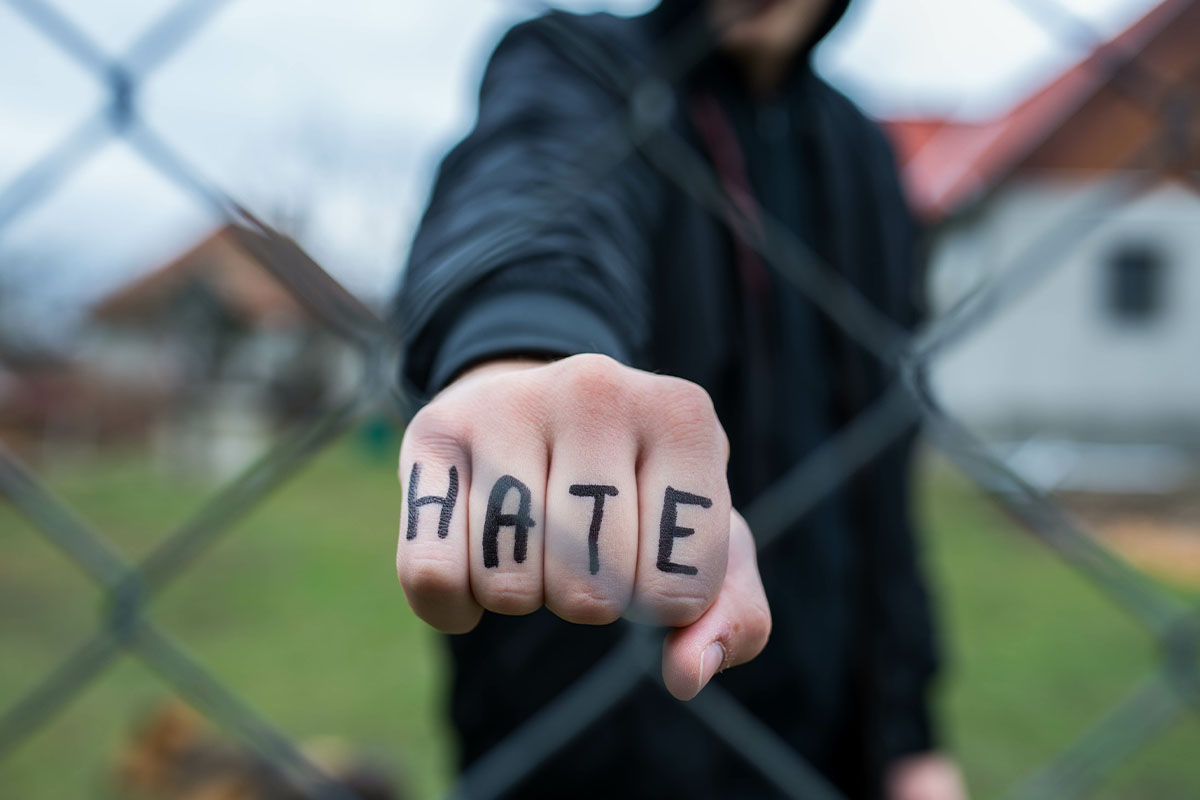The last thing you have time for in your busy life is an auto accident. A rideshare accident can feel even worse, as you may not know how rideshare companies can factor into the dynamics of a car crash.
Getting into a rideshare accident can be more complicated than your typical auto accident. Regardless of your role in the accident, there are certain steps you should take to protect your rights. Learn how rideshare accidents differ from other vehicular accidents and what to do if you are involved in one.
How Are Rideshare Accidents Different From Regular Car Accidents?
One of the significant differences between rideshare accidents and ‘regular’ accidents is that the driver of the rideshare is engaged in commercial business while using their personal vehicle. Although rideshare drivers engage in commercial business, they typically do not have commercial auto insurance or a commercial driver’s license, as a taxi driver would have.
Rideshare companies like Uber and Lyft make statements to differentiate themselves from traditional vehicle transportation services. They maintain that the drivers are not employees and that their platform exists solely to match riders with drivers.
However, Lyft and Uber do take some precautions to screen their drivers. They require:
- Records of previous traffic infractions, such as DUIs and speeding tickets
- Records of prior accidents
- Criminal background checks
Additionally, Uber sets minimum standards, including requiring that their drivers:
- Be 21 or older
- Have at least one year of U.S. driving experience
- Hold a valid U.S. driver’s license
- Drive an eligible vehicle with four doors
- Show proof of insurance and registration
Actions To Take if You’re Involved in a Rideshare Accident
Regardless of your role in the accident, and similar to other car crashes, it is a good idea to follow these basic guidelines:
- Call the police
- Get the contact details of the involved parties
- Document the accident
- Seek medical attention
- Track your medical bills and other expenses
Depending on your role, there may be additional steps you should take after a rideshare accident. These recommended actions can differ depending on whether you are the rideshare driver, the passenger, or the other vehicle’s driver.
As the Rideshare Driver
If the other driver was at fault, you would likely need to file insurance claims with their liability coverage company. This is often true even if you are in a no-fault car insurance state, such as Pennsylvania, New Jersey, and Massachusetts. This is because many car insurance policies will not cover you if you drive for a rideshare company.
If the at-fault driver’s insurance pays out an insufficient amount to fully cover your damages, including bodily injury and property damage, you will need to take additional actions. You can submit an uninsured/underinsured motorist (UM/UIM) coverage claim under your rideshare company’s insurance.
If you are at fault for the crash and seeking compensation for your damages, you should first file a claim with your insurance company. However, many insurance companies will deny your claim due to your commercial driving activity during the accident. As a rideshare driver, this can leave you vulnerable to accident damages while having limited avenues of recovery for those damages.
As the Passenger
If you are a passenger in a rideshare when the vehicle crashes, you should report the accident to the rideshare company immediately. You should also call the police so that they can make an official report. Stay with your rideshare driver so that you can speak to the police about the accident and ensure they fairly evaluate the accident’s cause.
You should report the accident to the relevant insurance companies, including:
- The other driver’s insurance company
- Your insurance company
- The rideshare company’s insurance company
Contacting insurance companies quickly is best, as some may have post-accident notification deadlines.
As the Other Vehicle’s Driver
A rideshare vehicle accident can be especially stressful if you have never researched rideshare accidents and are unsure how a rideshare driver’s status impacts liability and insurance coverage.
What you do next depends largely upon whether the rideshare driver was working, had passengers at the time, or was en route to pick up passengers. Different rideshare companies may have slightly different rules. However, they often have different insurance limits based on these situations.
The first thing you should do is to call the police to the accident scene. This will ensure they write up a report documenting the circumstances of your rideshare car accident.
No matter your role in a rideshare accident, protecting yourself and your rights is critical. This is particularly true if the accident caused severe damages, such as catastrophic injuries or death.
Who Decides Who’s At Fault and How?
The local court will determine which party is the at-fault driver. Pennsylvania is a no-fault state, and its courts follow a modified comparative fault rule when both parties share blame for the crash.
One of the parties may contest fault for the accident. If this happens, a rideshare accident lawyer can help protect your rights and ensure the responsible party is held liable for your property damage.
In this scenario, the jury will tally the total cost of the damages and allocate the percentage of fault to each party. If, for example, the damages are $1,000 and the jury determines the defendant is 80% responsible, the defendant will owe 80% of the damages, or $800.
Does the Insurance Company or Rideshare Company Compensate for Losses?
The answer to this question could depend on the rideshare company involved in your accident. For example, Uber provides commercial coverage that activates when an Uber driver accepts your ride request and expires when they drop you off at your destination. The commercial Uber insurance policy limit is typically $1 million, which is sufficient to cover most accident damages.
See What Our Rideshare Accident Attorneys Can Do for You
A rideshare accident can be a scary experience, regardless of whether you were the passenger, the rideshare driver, or the other vehicle’s driver. Rideshare service companies are still relatively new businesses that are experiencing growing pains. And courts have only been dealing with rideshare accident lawsuits for the past several years.
If you are facing a rideshare accident lawsuit, having an experienced and knowledgeable car accident lawyer on your side can reduce stress and make the claims process easier. You want to work with an attorney who understands the intricacies of rideshare accidents and their legal implications.
Contact the rideshare accident lawyers at McEldrew Purtell today for your free consultation.









